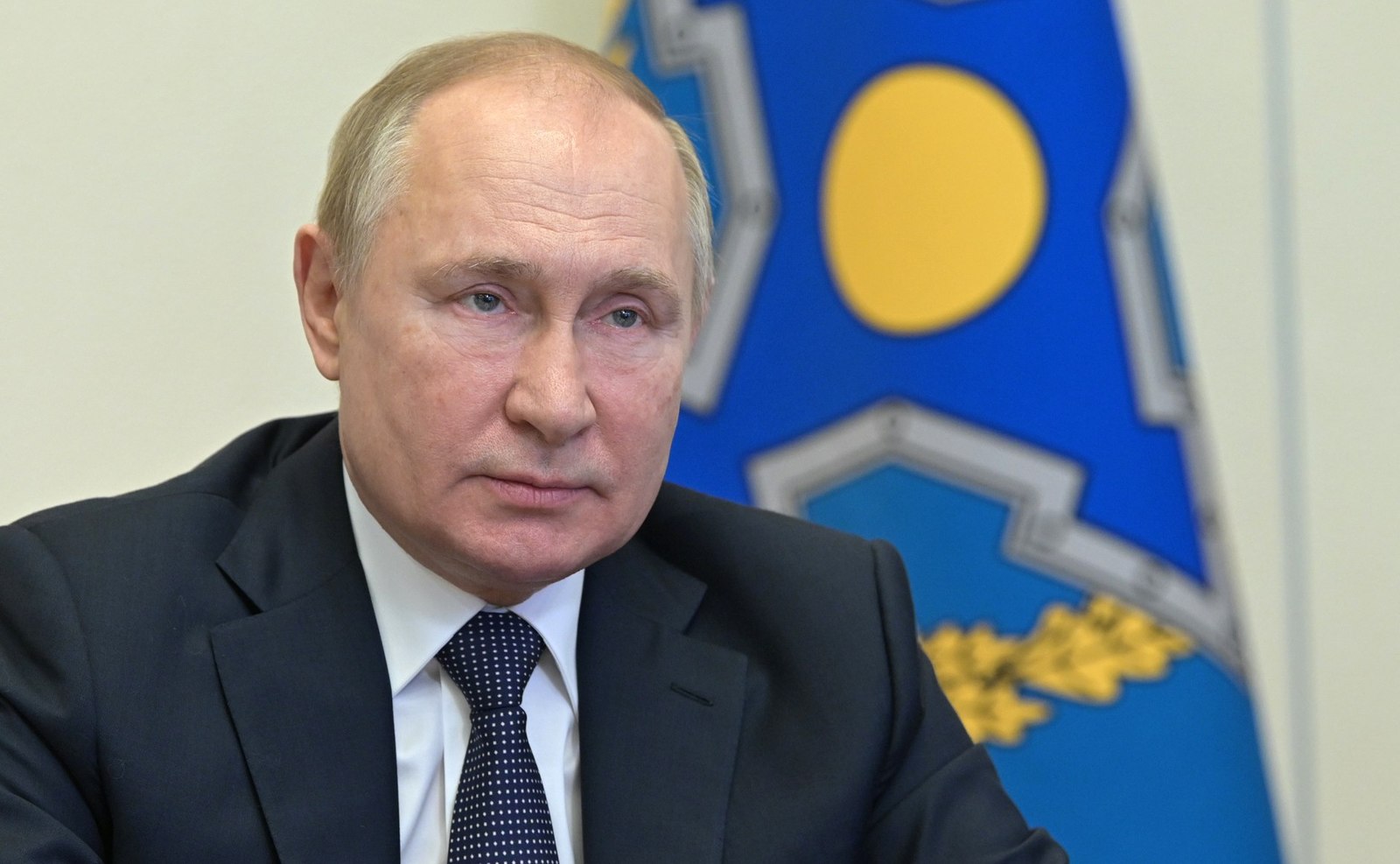
The Kazakh Protests
As the world was focused on rising Russo-Ukrainian tensions, another former Soviet Republic, Kazakhstan, suddenly made the headlines. The large Central Asian country faced in early January its most serious political unrest since independence in 1991. Protests that started on January 2nd over a spike in gas prices quickly spiraled into a movement calling for the resignation of President Kassym-Jomart Tokayev. Opposition leaders accused the President of corruption, authoritarianism, and of being a pawn of former President Nursultan Nazarbayev, who ruled the country from independence until 2019.
By January 5th, the country’s largest city, Almaty, was engulfed with mass looting and arson that resulted in the deaths of both protesters and members of the security forces. Faced with the collapse of governmental authority in large swathes of the country and the prospect of unrest spreading to the capital, President Tokayev gave a “shoot to kill” order to security forces on January 7th. He also called on the Collective Security Treaty Organization (CSTO), a Russian-led military organization composed of post-Soviet states, for military assistance.
The CSTO responded swiftly, with the first troops arriving within hours of Tokayev’s request. Russia was particularly involved in the operation, deploying more than 3,000 paratroopers and flying over 70 planes a day to bring troops to the country. By January 11th, the protests were crushed and order restored to Almaty’s streets, but not before 208 protesters and 19 members of security forces were killed.
Russia and Revolutions in post-Soviet States
Russia’s rapid response to the unrest in Kazakhstan raises questions about Moscow’s interests. Russian citizens have viewed the country’s military operations in Central Asia especially poorly, with the memory of the disastrous Soviet intervention in Afghanistan, which also aimed to shore up a Moscow-aligned regime, still fresh in the minds of many.
However, this intervention can be explained by Russian President Vladimir Putin’s suspicion of Western intentions in the former Soviet bloc. Putin accuses the United States of having betrayed Russia by allowing the North Atlantic Treaty Organization (NATO) to expand to Russia’s border, contrary to a supposed agreement made between U.S. officials and then-Soviet Union leader Mikhail Gorbachev. This has long been a source of tension and is Moscow’s justification for the current buildup of Russian troops on the Ukrainian border.
Moreover, Russia views the popular uprisings in the region – the color revolutions in the early 2000s, the Euromaidan in 2014, and the Armenian Revolution in 2018 as Western-backed coups targeting Russian-allied governments. According to the Kremlin, the West’s goal in its supposed inciting of these revolts is to push deeper into Russia’s sphere of influence without having to engage in costly military operations. Preventing such revolutions in post-Soviet republics has, thus, become a top priority for the Kremlin.
The Belarusian Precedent
Belarusian protests, starting in May 2020, tested Russia’s resolve to counter such an event. Following the re-election of President Alexander Lukashenko, which was plagued by allegations of electoral fraud, hundreds of thousands of Belarusians took to the streets. From the onset of the demonstrations, Russia sided with Lukashenko, helping Belarusian authorities to suppress the unrest using the threat of military intervention and provision of economic support, and by supporting the government’s rhetoric on the international stage.
The collapse of Lukashenko’s regime and the establishment of a Western-backed democracy in Belarus would be a significant blow to Russian strategic interests. Both Moscow and Minsk quickly blamed the protests on Western interference, with Lukashenko stating that NATO forces were “at the gates”, preparing to invade and overthrow his regime, and Russia’s Federal Security Service (FSB) made the unfounded claim of having prevented a coup planned by the United States.
The Kazakh Protests and Central Asia’s Geopolitical Future
When protests erupted in Kazakhstan, the same rhetoric used in Belarus- one that blames unrest and political dissent on interference by external powers-was applied to justify the deployment of troops. The protests were seen by the Russian government as another attack on Russian interests following the previous events in Belarus. Putin accused protesters of being part of a “foreign-backed terrorist uprising” and reiterated Russia’s commitment to defending its perceived sphere of influence by promising CSTO military assistance to member states faced with similar unrest.
The events in Kazakhstan have serious implications for the country’s foreign policy. Until now, the country had maintained a stance of neutrality, preserving friendly relations with China, Russia, and the United States. However, the CSTO’s recent intervention points to Kazakhstan’s return inside the Russian sphere of influence. This view was echoed by U.S. Secretary of State Anthony Blinken, who stated that “one lesson of recent history is that once Russians are in your house, it’s sometimes very difficult to get them to leave.”
While it is unknown whether Kazakhstan will maintain an independent foreign policy, the survival of Tokayev’s government likely depends on Russia’s willingness to protect it. Kazakhstan could have to make foreign policy concessions to secure Russian support in case of renewed unrest, as was suggested by Margarita Simonyan, editor-in-chief of the Russian state-run news network Russia Today.
An increasingly overstretched and challenged US military, coupled with a divided Western response over Ukraine, has emboldened Russian foreign policy. Putin will continue to seek to repair what he views as the “greatest geopolitical catastrophe of the century” – the fall of the Soviet Union – and combat perceived Western encroachment on Russia’s sphere of influence, whichever form it takes, as in Kazakhstan.
Edited by Theo Malhotra.
The opinions expressed in this article are solely those of the author and they do not reflect the position of the McGill Journal of Political Studies or the Political Science Students’ Association.
Photo by Пресс-служба Президента РФ and is sourced from Wikimedia Commons